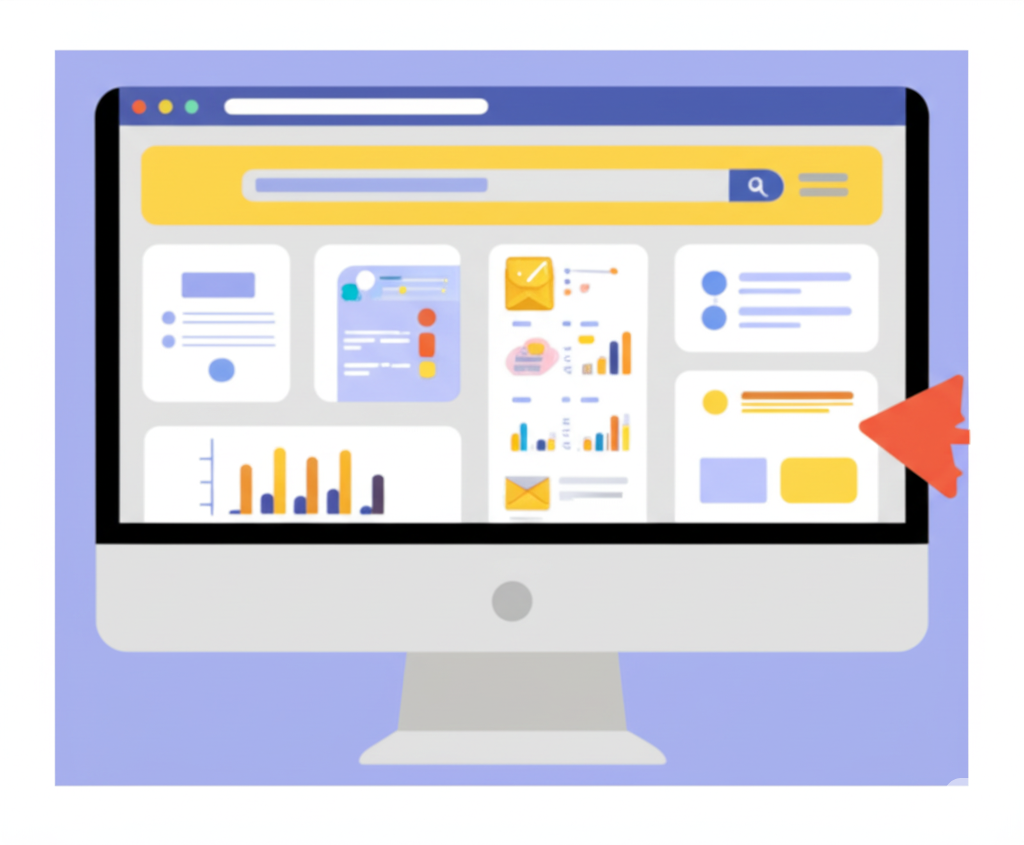In 2025, Facebook (now part of Meta) remains one of the most powerful platforms for eCommerce brands looking to scale fast. With its sophisticated targeting capabilities and powerful ad formats, Facebook Ads can drive traffic, engagement, and conversions—if you have the right strategy.
Whether you’re just starting or trying to improve your return on ad spend (ROAS), this post will walk you through a step-by-step Facebook ad strategy specifically for eCommerce businesses.
Why Facebook Ads Work for eCommerce
-
🎯 Precise Targeting: Reach users based on demographics, interests, behaviors, and even past interactions.
-
📱 Visual Shopping Experience: With carousel ads, video ads, and collection formats, shoppers can browse like they’re in a store.
-
🛒 Seamless Checkout: Facebook and Instagram Shops let users buy directly without leaving the platform.
-
📈 Scalable Results: With the right optimization, you can scale your ad budget while increasing profitability.
Step-by-Step Facebook Ad Strategy for eCommerce Brands
Step 1: Define Your Goals and KPIs
Every ad campaign needs a goal. Common eCommerce goals include:
-
Conversions (Sales)
-
Add to Cart
-
Product Page Views
-
Customer Retargeting
-
Email Signups
📊 Set clear KPIs like cost per purchase, ROAS, click-through rate (CTR), and conversion rate.
Step 2: Build a Strong Funnel Structure
To run profitable ads, build a full-funnel Facebook ad strategy:
1. Awareness (Top of Funnel – TOFU)
-
Objective: Reach new potential customers.
-
Ad Type: Video Ads, Carousel Ads showcasing product benefits, brand story, or lifestyle visuals.
-
Targeting: Lookalike Audiences, Interests, Broad Targeting with Advantage+ Placements.
2. Consideration (Middle of Funnel – MOFU)
-
Objective: Educate and nurture interest.
-
Ad Type: Testimonials, user-generated content (UGC), product reviews, behind-the-scenes.
-
Targeting: Website visitors, video viewers, Instagram engagers.
3. Conversion (Bottom of Funnel – BOFU)
-
Objective: Convert warm leads into customers.
-
Ad Type: Dynamic product ads, limited-time offers, discounts, abandoned cart reminders.
-
Targeting: Add-to-cart users, checkout page visitors, past customers.
Step 3: Use Facebook Pixel and Conversions API
Install Facebook Pixel and set up Conversions API to accurately track:
-
Product views
-
Add to cart
-
Initiate checkout
-
Purchases
This data helps Facebook optimize your ads and improves performance through machine learning.
Step 4: Create High-Converting Ad Creatives
Great ad creative is the backbone of performance.
Ad Creative Tips:
-
Hook in 3 seconds: Grab attention fast with visuals and captions.
-
Show product in use: Use lifestyle imagery or videos that show real use.
-
Add social proof: Include reviews, customer videos, or UGC.
-
Use text overlays: Highlight key benefits or offers like “Buy 1 Get 1 Free”.
-
Test formats: Carousels, videos, single-image ads, and Reels.
Step 5: Set Smart Targeting
Cold Audiences
-
Lookalike Audiences (from past purchasers or email lists)
-
Interest-based targeting (relevant hobbies, behaviors, demographics)
-
Broad targeting (let Facebook find your ideal buyers)
Warm Audiences
-
Website visitors (last 30–90 days)
-
Instagram and Facebook page engagers
-
Add-to-cart and checkout visitors
Hot Audiences
-
Abandoned cart users
-
Email subscribers
-
Previous buyers (upsells & cross-sells)
Step 6: Retarget & Reconvert
Retargeting ads have the highest ROI because they reach users who already know you.
Effective Retargeting Strategies:
-
Abandoned cart reminders with urgency (e.g., “Items in your cart are running out!”)
-
Product review ads
-
Limited-time discounts or free shipping offers
-
“We Miss You” ads for lapsed customers
Step 7: Use Dynamic Product Ads (DPA)
For eCommerce brands with multiple SKUs, Dynamic Product Ads are a game-changer.
They automatically show the right products to the right users, based on what they browsed on your website. Connect your catalog and let Meta’s algorithm do the heavy lifting.
Step 8: Test, Analyze, Optimize
No Facebook ad strategy is complete without testing and optimization.
Test Variables:
-
Creative formats (video vs. image)
-
Headlines and CTA buttons
-
Audience segments
-
Offers and discounts
-
Ad placements (Facebook Feed, Stories, Reels, etc.)
Key Metrics to Monitor:
-
ROAS (Return on Ad Spend)
-
Cost per Purchase
-
CTR (Click-Through Rate)
-
CPM (Cost per 1000 Impressions)
-
Conversion Rate
Stop the underperforming ads and scale what’s working.
Bonus: Use Advantage+ Shopping Campaigns in 2025
Meta’s Advantage+ Shopping Campaigns (ASC) use AI to test multiple ad variations, placements, and audiences—automatically optimizing for the best performance.
Perfect for eCommerce brands looking to automate and scale faster.
📚 Want to Learn Facebook Ads Hands-On?
If you’re ready to master Facebook Ads and drive serious eCommerce results, join our AI-Powered Digital Marketing Course in Chandigarh.
🎓 What You’ll Learn:
-
Facebook & Instagram Ads
-
Dynamic Product Ads
-
Retargeting Strategy
-
Full-Funnel Campaign Building
-
Google Ads, SEO, Email, and more
📍 Live Classes in MDC Panchkula (Near Chandigarh IT Park)
📅 Next Batch Starts: 4th June 2025
💼 100% Practical + Capstone Project + Placement Support
🎖️ Dual Certification: Digital Marketing + Generative AI
👉 Limited Seats. [Apply Now] and boost your eCommerce growth.
Conclusion
Facebook Ads for eCommerce can generate explosive results—but only when done with strategy. By building a full-funnel approach, using strong creatives, and continually optimizing your campaigns, you can turn clicks into customers and scale profitably.
Start small, test continuously, and let data guide your decisions. And if you’re ready to go pro, get trained by experts who’ve scaled real campaigns.
